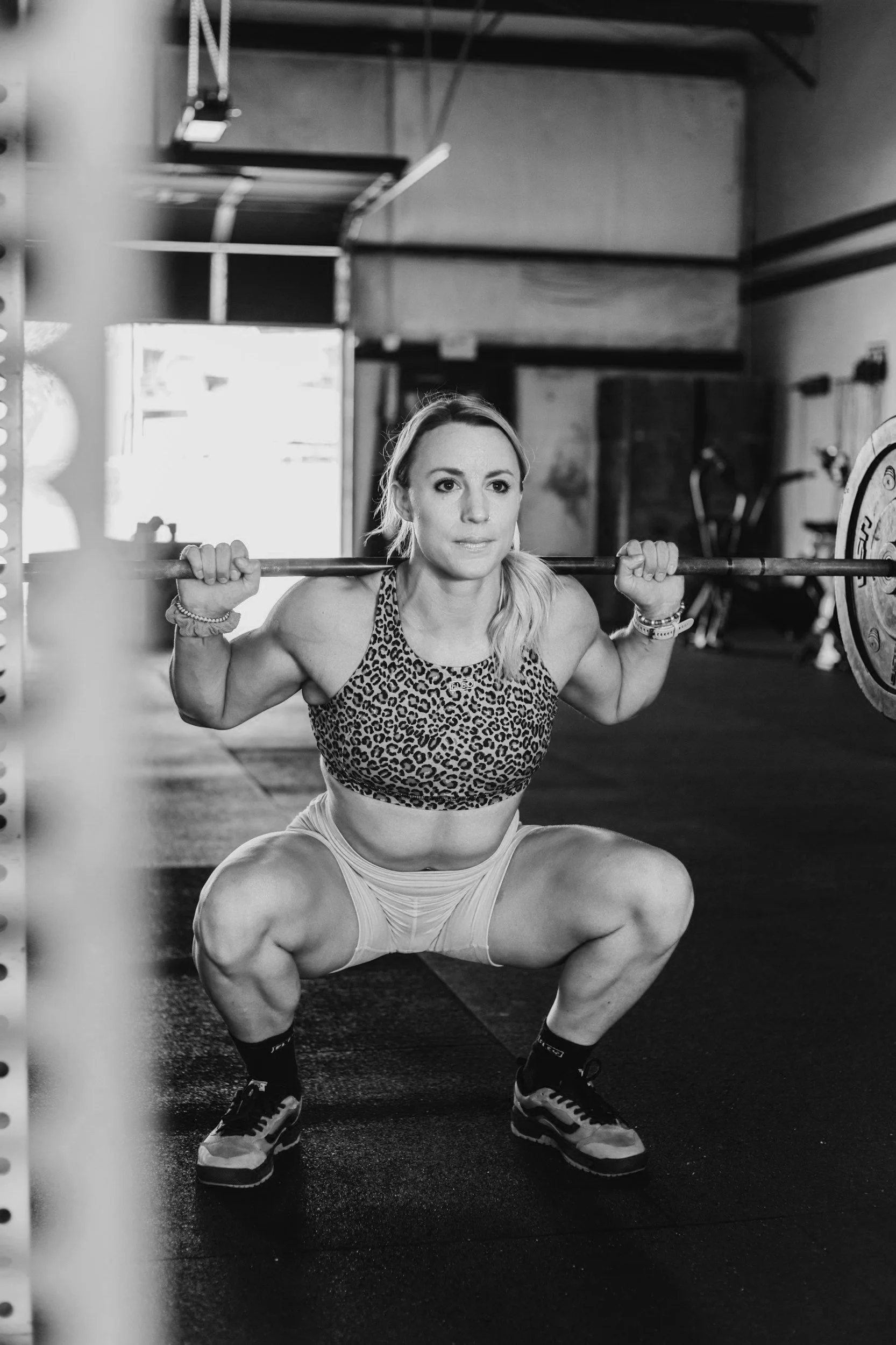How can I get past parallel with heavy squats?
Executing a heavy lift feels good because you know it took time and effort to execute.
And a heavy squat is up there as the most satisfying.
Why?
Because getting out of the hole with a heavy load on your back is both exhilarating and terrifying. You’re not giving it enough respect without a healthy dose of fear.
If you can do ATG, it’s not your flexibility limiting your range of motion. It’s a mixture of strength and confidence.
STRENGTH
As the weight get heavy (between 1–3 rep max), it’s normal for your strength progression to flatten out.
It’s impossible for us to add weight to our lifts ad infinitum but we can train our weak spots to squeeze out that extra 1%.
If you cannot get past parallel with a heavy squat, its likely you need to work on the bottom of the movement. This is where Pause Squats can help.
Pausing for a second at the bottom of the squat removes momentum or bouncing. Instead, you rely solely on glute, quad and core engagement to move the weight. The theory is that with more engagement, your body develops an ability to recruit more muscle fibres to get out of the hole.
Try replacing your squats with pause squats for at least 4 weeks. Each rep (including warm up) should incorporate a pause at the bottom.
As the time under tension increases, your squat numbers will be slightly lower with this variation.
Don’t be discouraged – this is about strengthening your legs not the ego.
CONFIDENCE
Another benefit of pause squats is building control and balance.
Holding a weighted barbell in the bottom position requires your feet to be evenly distributed across the floor and core fully engaged to prevent the bar from tipping you over.
Getting used to how the body feels in this bottom position will increase your control of the movement. And with control comes confidence to go deeper.
HOW TO PROGRESS SAFELY
Despite experience or perfect form, a heavy squat can still invite injury.
The safest way to approach a heavy ATG squat is to work up towards it and/or have a rack/spotter.
For example, for a 140kg/308lbs 1RM ATG squat I would progress as follows:
Warm Up
10 reps (60kg/132lbs)
8 reps (80kg/176lbs)
6 reps (100kg/220lbs)
4 reps (120kg/264lbs)
2 reps (130kg/286lbs)
After the 2 reps at 130kg/286lbs I will assess how I feel.
Did I feel confident in the hole? Was the movement fluid? Was I in control the whole way?
If it’s a ‘yes’ to all then I attempt the 1RM ATG.
Having a spotter during the heavy lifts provides a safety net (just make sure the spotter knows what they’re doing!).
An alternative is to squat (if your gym has one) in a power cage. These have bars that catch the weight should you decide to bail out of the lift.
As with all heavy lifts, learning the Valsalva manoeuvre (where you inhale into your diaphragm and exhale against a closed airway) tightens up the torso creating an extra barrier of protection against injuries.
Practising heavy lifting with the full range of motion takes time and effort.
